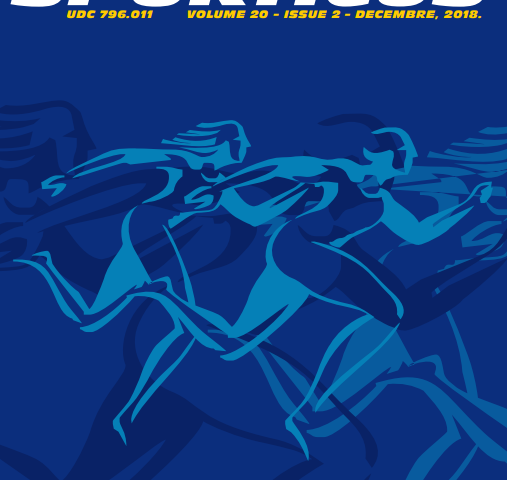Abstract
Aim of the study was to determine differences between defined quality groups of students according to the body mass index (BMI), in their motor-functional status tested by certain athletics disciplines. The sample consisted of 24 students (age = 19 ± 0.78, height = 183.3 ± 6.96, body mass = 77.7 ± 10.24) who completed the study course of Athletics at the first year of the Faculty of Sports and Physical Education, University of Sarajevo. Used variables consisted of the following athletics disciplines: sprint running 60 m, hurdles running 60 m, running 300 meters, long jump and shot put. The sample was clustered into three equal groups consisting of 8 students, according to the BMI criterion [Group 1 BMI = 20.3 kg/m2 (181.3 cm, 67.1 kg); Group 2 BMI = 22.8 kg/m2 (186.5 cm, 79.3 kg); Group 3 BMI = 26.1 kg/m2 (182.1 cm, 86.8 kg)]. Analysis of the results in athletic disciplines showed statistically significant differences in variables of running at 300m (1st with 3 – p=0.040 and 2nd with 3 – p=0.049), long jump (1st with 3rd p=- 0.043 *) and shot put (1st with 2nd p=- 0.049 *). The obtained results indicate that motor-functional status of students was primarily differed by the level of anaerobic-aerobic and anaerobic potential, according to the type of speed-endurance, speed-strength and explosive-strength


